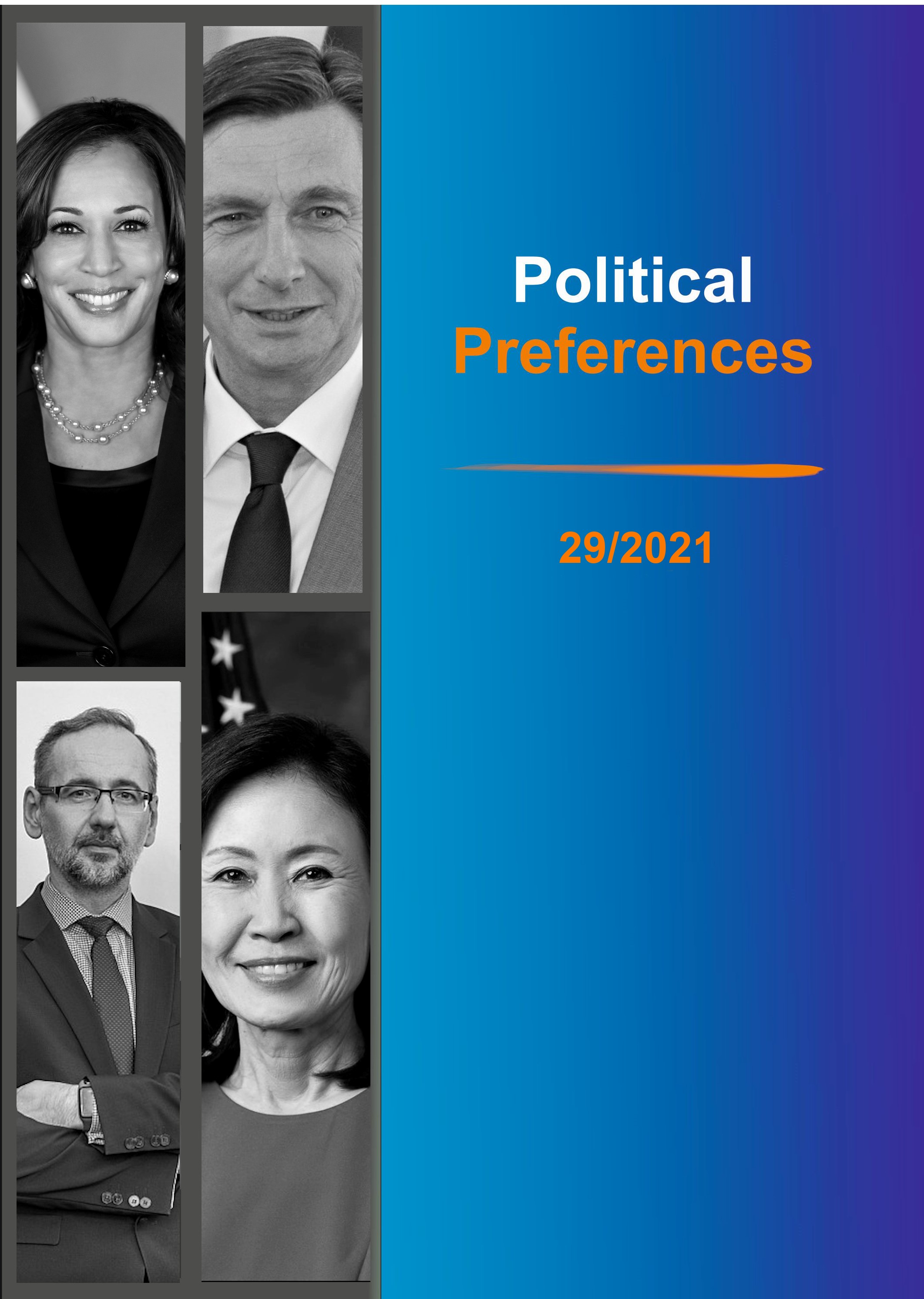Cronin, O., Izdebski, K., Katchaounova, A., Laanpere, L., & Laufente, R. (2021). Do EU Governments Continue to Operate Contact Tracing Apps Illegitimately? The Civil Liberties Union for Europe. https://www.bghelsinki.org/en/reports/do-eu-governments-continue-to-operate-contact-tracing-apps-illegitimately
Google Scholar
Czubkowska, S. (2021, August 5). Z polskiej aplikacji do walki z COVID-19 skorzystało tylko 7 tys. osób. Kosztowała miliony, teraz jest w powolnej agonii. Spider's Web. https://spidersweb.pl/plus/2021/08/aplikacja-protego-covid-pandemia
Google Scholar
Elmokashfi, A., Sundnes, J., Kvalbein, A. et al. (2021). Nationwide rollout reveals efficacy of epidemic control through digital contact tracing. Nature Communications, 12, 5918. https://doi.org/10.1038/s41467-021-26144-8
Google Scholar
Grekousis, G., & Liu, Y. (2021). Digital contact tracing, community uptake, and proximity awareness technology to fight COVID-19: a systematic review. Sustainable cities and society, 71, 102995. https://doi.org/10.1016/j.scs.2021.102995
Google Scholar
Johnson, B. (2020, December 16). The Covid Tracing Tracker: What's happening in coronavirus apps around the world. MIT Technology Review. https://www.technologyreview.com/2020/12/16/1014878/covid-tracing-tracker/
Google Scholar
Joński, D. [@Dariusz_Jonski] (2020, October 28). BUM Zapytaliśmy z @MichalSzczerba o aplikacje Stop COViD ProteGO Safe (koszty ponad 5 mln zł!). https://twitter.com/Dariusz_Jonski/status/1321397111049625600
Google Scholar
Julus. [@duzemysli] (2020, October 26). NIE POBIERAJCIE APLIKACJI STOP COVID [Image attached]. https://mobile.twitter.com/duzemysli/status/1320701247431860225
Google Scholar
Kardys, W. [@WojtekKardys] (2020, June 9). Sprawdziłem ten hasztag #ProteGo i tak jak Mikołaj @Buszkers zauważył - wszystkie tweety od konto założone w czerwcu 2020 roku. https://twitter.com/WojtekKardys/status/1270348403092918272
Google Scholar
Klicki, W., & Szymielewicz, K. (2020, June 8). ProteGO Safe: czy państwo zasłuży na zaufanie obywateli? Fundacja Panoptykon. https://panoptykon.org/wiadomosc/protego-safe-czy-panstwo-zasluzy-na-zaufanie-obywateli
Google Scholar
Kozłowski, A. (2020, August 8). Minister Cyfryzacji: Zarzuty wobec aplikacji ProteGo Safe są całkowicie nieuzasadnione [WYWIAD]. Cyberdefence24. https://cyberdefence24.pl/minister-cyfryzacji-zarzuty-wobec-aplikacji-protego-safe-sa-calkowicie-nieuzasadnione-wywiad
Google Scholar
Leith, D., &Farrell, S. (2020). Coronavirus Contact Tracing: Evaluating the Potential of Using Bluetooth Received Signal Strength for Proximity Detection. ACM SIGCOMM Computer Communication Review, 50(4), 66–74. https://doi.org/10.1145/3431832.3431840
Google Scholar
LibertiesEU. (2021, June 2). COVID-19 Contact Tracing Apps in the EU: Knowledge Hub. Civil Liberties Union for Europe. https://www.liberties.eu/en/stories/trackerhub1-mainpage/43437
Google Scholar
Morozov, E. (2014). To Save Everything, Click Here: The Folly of Technological Solutionism. PublicAffairs.
Google Scholar
Meijer, A., & Webster, C. W. R. (2020). The COVID-19-crisis and the information polity: An overview of responses and discussions in twenty-one countries from six continents. Information Polity, 25(3), 243–274.
Google Scholar
Napierała, W. (2020, April 6). Technologia w walce z koronawirusem – 7 filarów zaufania. Fundacja Panoptykon. https://panoptykon.org/7-filarow-zaufania
Google Scholar
OECD (2021). General government - Trust in government. OECD Data. Retrieved December 27, 2021, from https://data.oecd.org/gga/trust-in-government.htm
Google Scholar
Potiuk, J. (2020, April 30). Możliwość de-anonimizacji danych i odtworzenia grafu kontaktów. Github. Retrieved November 27, 2021, from https://github.com/ProteGO-Safe/specs/issues/123
Google Scholar
Romanów, M. (2021, March 22). Jak powstawała aplikacja STOP COVID ProteGo Safe? MobileTrends.pl. https://mobiletrends.pl/jak-powstawala-aplikacja-stop-covid-protego-safe/
Google Scholar
Serwis Rzeczypospolitej Polskiej. (n.d.). Dokumenty - STOP COVID - Portal Gov.pl. Gov.pl. Retrieved November, 2021, from https://www.gov.pl/web/protegosafe/dokumenty
Google Scholar
Serwis Rzeczypospolitej Polskiej. (2020, June 9). Wszystko w Twoich rękach – pobierz, zainstaluj i korzystaj z aplikacji ProteGO Safe - STOP COVID. Gov.pl. https://www.gov.pl/web/protegosafe/wszystko-w-twoich-rekach--pobierz-zainstaluj-i-korzystaj-z-aplikacji-protego-safe
Google Scholar
Szymielewicz, K., Obem, A., & Zieliński, T. (2020, May 5). Jak Polska walczy z koronawirusem i dlaczego aplikacja nas przed nim nie ochroni? Fundacja Panoptykon. https://panoptykon.org/protego-safe-ryzyka
Google Scholar
WHO. (2020, February 11). WHO Director-General's remarks at the media briefing on 2019-nCoV on 11 February 2020. World Health Organization. https://www.who.int/director-general/speeches/detail/who-director-general-s-remarks-at-the-media-briefing-on-2019-ncov-on-11-february-2020
Google Scholar
YLE NEWS. (2021, March 1). Experts claim few benefits to Covid tracing app, paper reports. YLE News. https://yle.fi/news/3-11814681
Google Scholar
Worldometer (2021). COVID Live - Coronavirus Statistics. https://www.worldometers.info/coronavirus/
Google Scholar


 https://doi.org/10.31261/polpre.2021.29.47-59
https://doi.org/10.31261/polpre.2021.29.47-59

 10.31261/polpre
10.31261/polpre